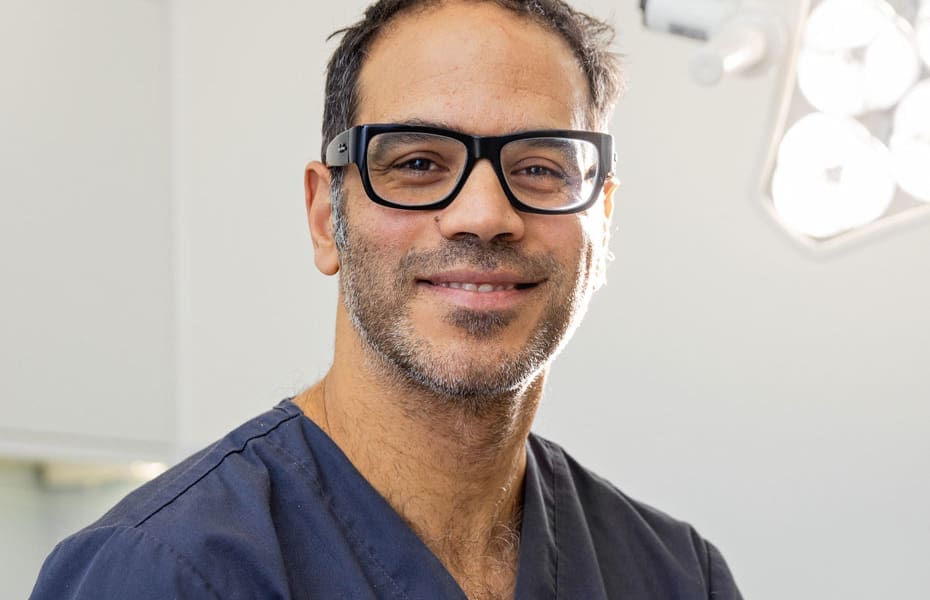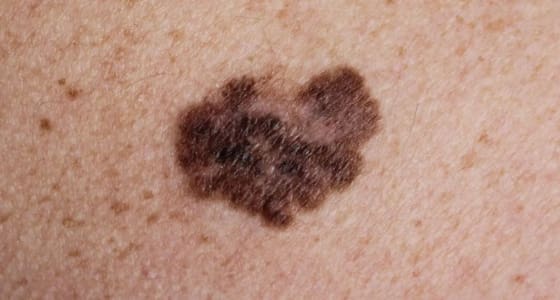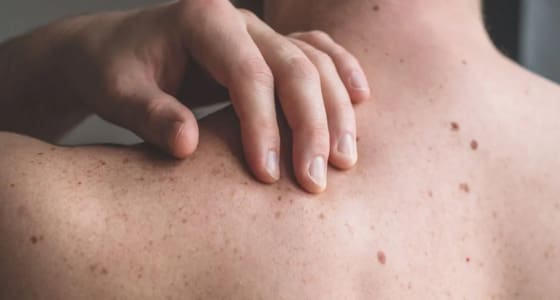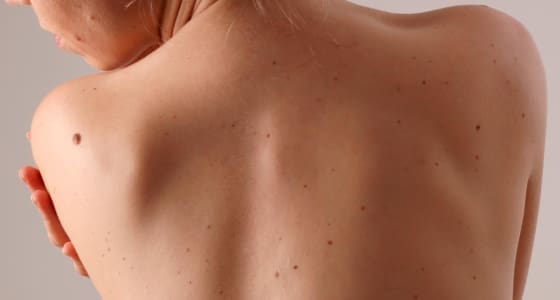They often appear as small, dark spots or patches caused by a cluster of pigmented cells called melanocytes. Moles can vary in colour, size, shape, and texture. While most moles are harmless, it is important to monitor changes in existing moles and the development of new ones, especially those with irregular characteristics, as they could be a sign of skin cancer.
You should seek professional advice if you notice any of the following changes in your moles:
- Irregular, blurred, or jagged edges
- Asymmetry where one half does not match the other
- Changes in size, colour, shape, or texture
- Itching, inflammation, pain, or bleeding
- Protrusion causing irritation
Many individuals opt to have moles removed for cosmetic reasons. Prior to removal, a dermatology or plastic surgery consultant will assess the mole and discuss the most suitable procedure for optimal results. Moles are typically removed through surgical excision, shave excision, cryotherapy, or punch biopsy, depending on the mole’s characteristics and the need for testing.
Your consultant will explain the treatment process, including costs, healing time, and expected outcomes. They will also address any potential risks and answer your questions. Mole removal is often done as a ‘see and treat’ procedure, allowing for both consultation and treatment in the same appointment for convenience and cost-effectiveness. This option can be discussed when booking your appointment.










